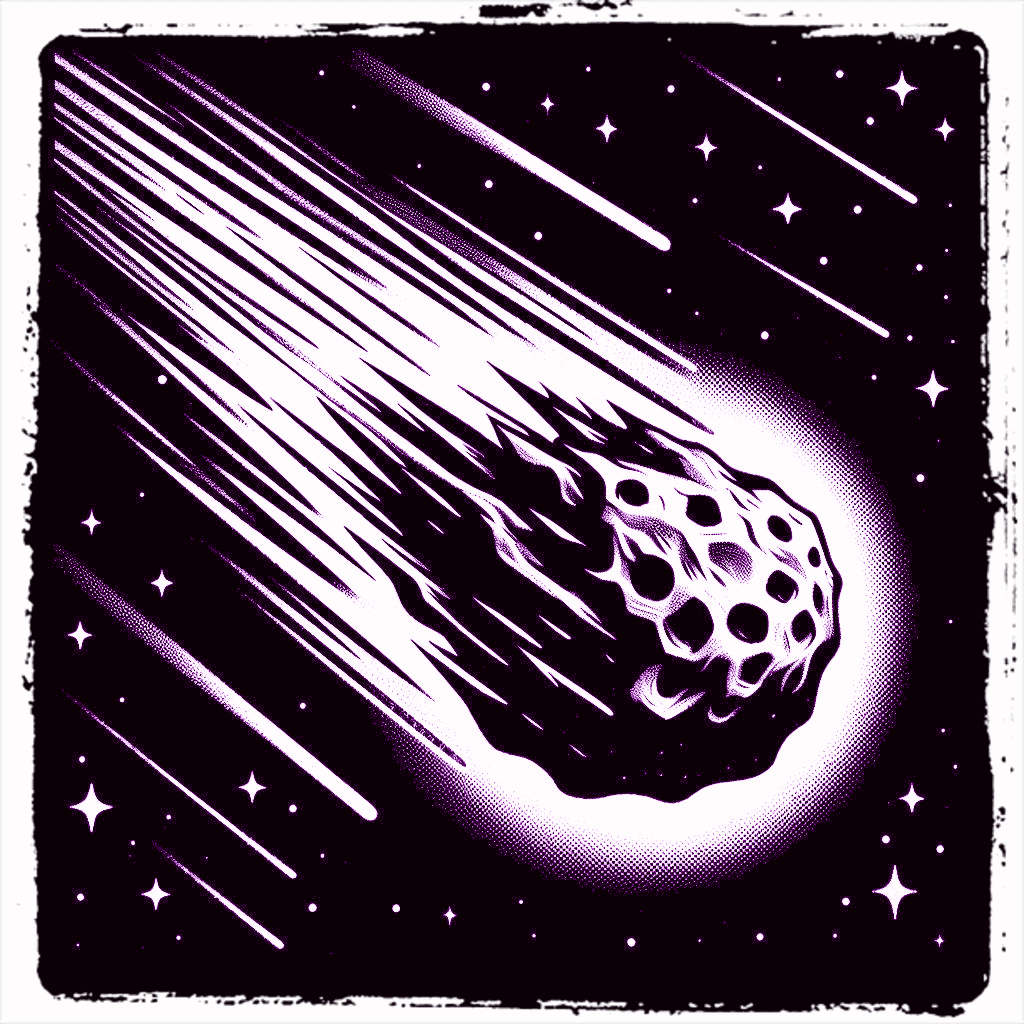Great Balls of Fire
by Carolyn Gruske
A professor in the Department of Earth and Space Science and Engineering, Michael Daly is the York Research Chair in Planetary Science. Internationally, he is perhaps better known as the OSIRIS-REx Laser Altimeter (OLA) lead instrument scientist who first conceptualized the OLA technology that just allowed for a major scientific breakthrough.
Thanks to Daly’s expertise, a team of space explorers has been able to map the surface of an asteroid, and extract samples from it that may have significant information about the creation of the universe.
That asteroid is Bennu, a near-Earth object that orbits the sun every 436.6 days. A Bennu day lasts for 4.3 hours, which is relatively long for an asteroid. In fact, Bennu spins slowly enough to allow a spacecraft to land on its surface.

According to Daly, these characteristics made Bennu a prime target for NASA’s OSIRIS-REx (Origins, Spectral Interpretation, Resource Identification, and Security – Regolith Explorer) mission, which had the goal of collecting a sample from an asteroid and bringing it to Earth. “My role was to make sure that the instrument requirements were clear, that they could be achieved, and that they had some margin, as we call it in engineering – you don’t build the thing just to the requirement, you build it a little bit better, so that when things go a little bit wrong, you can still fulfil the goals,” says Daly, who is director of the Centre for Research in Earth and Space Science (CRESS) at York University.
The seven-year space mission ended this past September, with a pristine sample of surface material from Bennu being successfully parachuted down to the Utah desert, the site of the return capsule’s 2023 landing.
We would really be doing a disservice to humanity if we didn’t investigate them a little more
Now in a specially built clean room at NASA’s Johnson Space Center in Houston, the sample is being carefully stored and prepared before it is shared with researchers around the world – and saved for study by future generations.
Daly’s asteroid research team – which includes deputy instrument scientist Jeff Seabrook (PhD ’11) and project manager James Freemantle (MSc ’95) – will receive a small sample from Bennu in April. It will come as a fixed section mounted on a slide that York’s scientists will study using an atomic force microscope. They will investigate the thermal properties of the sample – specifically, how it reacts to heat, and what that says about how the asteroid was formed.
Knowing what an asteroid is made of is not just about unravelling cosmic secrets; it’s about protecting the planet.
“We’re the first generation that can protect ourselves from hazards like asteroids,” Daly says. “We would really be doing a disservice to humanity if we didn’t investigate them a little more and start planning for – maybe not in our lifetimes, but for some time in the future – the need to actually mitigate a very dangerous collision.” ■